October 11, 2016 | Continuous Improvement, Employee Training
How to Increase Employee Productivity on the Shop Floor
 Low productivity can be an insidious problem. For line workers, performing repetitive tasks day-to-day, everyday, year after year, can sometimes have a lulling effect. After all, it is human nature to get used to a certain way of doing things.
Low productivity can be an insidious problem. For line workers, performing repetitive tasks day-to-day, everyday, year after year, can sometimes have a lulling effect. After all, it is human nature to get used to a certain way of doing things.
Imagine the owner of a chair-making facility walking through the shop floor. If there was a problem with production, would it be noticed? For chairs, it might be easy to distinguish a bottleneck in production. And, for companies producing less tangible services, productivity can be difficult to gauge.One of the biggest factors to consider, in addition to machine productivity, is employee productivity.
According to a recent Gallup survey, only 32 percent of employees in the United States are engaged in their work. So, how can management improve employee productivity on the shop floor? Here are some ways.
Track the Numbers
What are the productivity numbers showing? Track them starting from the present and notice any changes at consistent intervals – perhaps on a month-to-month basis. Review the average amount of productivity throughout the past year, notice any potential variation within each month, and try to figure out what may be accounting for lower productivity in one month versus higher productivity in another. Use this as your baseline as you progress through the current year to determine how your production cycles are operating monthly and start comparing with last year’s numbers.
Walk Outside of the Shop (So to Speak)
Are incoming orders significantly outpacing production? It may be that the morning or weekly walk around the shop has become too conventional. The more you do something, the more it becomes the norm – including problems that continue to be overlooked. Try to view the various stages of production at different times of the day or during different shifts. Change how you walk through the shop floor to see if this gives you a new perspective in identifying problems that may have been overlooked previously.
Exercise Vigilance Regarding Employee Burnout
Sometimes, a problem with employee efficiency has nothing to do with an unmotivated employee; it may be the exact opposite. Some workers are the kind of people who either will not complain, or simply refuse to shrink from a challenge. Look for those who work more hours and who tend to deny themselves vacation or personal days. Especially for those in a physically demanding job, burnout can be a problem. The person who seems to always do more with less may need help. Simply hiring another employee can be an easy fix, but if that is not an option, look at restructuring the employee’s duties a bit.
Small-But-Scrappy Companies: Implement Structure
Punching above one’s weight is often the hallmark of small or startup companies, which often need to be extremely flexible to grow or simply maintain. But a little bit of structure can go a long way by clearing up small pockets of chaos in an organization. Of course, this doesn’t presume implementing a heavy-handed bureaucracy. Instead, think of implementing weekly meetings as checkups for the health of the enterprise. A half-hour opening can prove extremely eye-opening toward employee productivity.
Get Your People on the Same Page
If your team is not pulling its weight collectively in the right direction, then it may come as no surprise that production is off-target. In addition to meetings, make sure that employees share a common set of core values. Here is a brief rundown on how a set of company core values can assist with productivity:
- Ensures that, when employees abide by company values, employees are at least within the same chapter or book, even when they aren’t on the same page.
- Makes meetings more productive, possibly curtailing finger pointing when companies have a common value of self-responsibility.
- Contributes to an overall sense of culture and solidarity, which improves teamwork and achieving goals.
The above suggestions may help your shop get started on improved productivity. But, if you want to go deeper with a more thorough and reliable approach, download our Lean Manufacturing eBook below,which gives you the knowledge to minimize non-value work activity from the manufacturing process. Lean addresses nine areas of waste and offers five principles that, if applied consistently, will get your shop humming.

